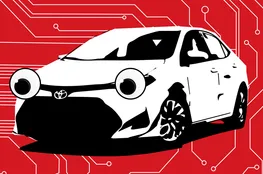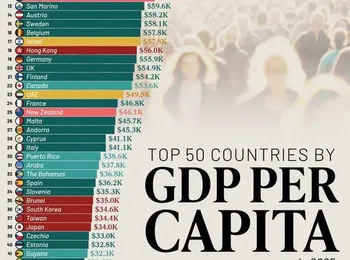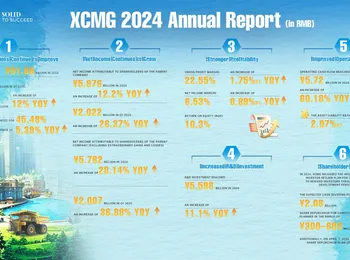So you want to invest in the S&P 500, the index that’s comprised of 500 of America’s biggest and best companies. That’s great! After all, while there are several thousand public companies in the U.S. for investors to choose from, the S&P 500 companies make up around 80% of the value of the whole U.S. stock market. Investing in the S&P 500 is essentially expressing confidence that the U.S. economy will keep growing over time, despite occasional pullbacks. It’s a simple, fast, and smart way to invest in the U.S. stock market that doesn’t require you to become any kind of investing expert. And you don’t have to jump in during July, either -- any month will do, especially if you plan to keep adding money to your portfolio regularly over time. The smartest way to invest in the S&P 500 in July – or any month The smartest way to invest in the S&P 500 index in July (or in any month) is just to buy into a low-fee S&P 500 index fund. Such funds will typically aim to hold all the same stocks as the index in proportion to their market caps, thereby delivering the same returns as the index does -- minus their management fees, which can be minuscule with the best index funds.
Here are three solid options to consider: Vanguard S&P 500 ETF ( VOO 0.84% ) iShares Core S&P 500 ETF ( IVV 0.83% ) SPDR S&P 500 ETF ( SPY 0.84% ) The Vanguard S&P 500 ETF is a classic, simple S&P 500 index fund. As with any other such fund, it will spread your dollars across the shares of hundreds of companies -- including the "Magnificent Seven" stocks, which are Apple, Amazon.com, (Google parent) Alphabet, (Facebook parent) Meta Platforms, Microsoft, Nvidia, and Tesla. Its expense ratio (annual fee) of 0.03% means that you’ll only pay $3 per year for every $10,000 you have invested in the fund. The iShares Core S&P 500 ETF also sports an ultra-low expense ratio of 0.03%, while the SPDR S&P 500 ETF’s expense ratio is, relatively speaking, much higher at 0.0945%. (Still, that’s less than $10 per year on a $10,000 investment.) All of these funds hold pretty much the same 500 companies.
Another way to invest in the S&P 500, aiming for faster growth Investing in a basic S&P 500 index fund essentially guarantees that your returns will just about match the market’s returns. But it doesn’t give you any chance to beat the market. If you want to take a shot at faster growth while still betting broadly on the U.S. economy, consider the Vanguard S&P 500 Growth ETF ( VOOG 1.07% ) . It’s built to match the S&P 500 Growth index, which includes only those components of the benchmark index that are considered "growth stocks" -- a determination that the folks at S&P make based on "sales growth, the ratio of earnings change to price, and momentum." It recently held 212 different stocks. However, it’s worth noting that about half of its value comes from its top 10 holdings, and fully 12.5% of its assets were in Nvidia -- currently the world’s most valuable company. So you need to be comfortable with that kind of concentration if you’re going to invest in this fund. (Regular S&P 500 index funds are concentrated, too, but less so -- only about a third of the value of the S&P 500 today comes from its top 10 holdings.) Note, too, that the movements of the growth ETF will be a bit more volatile than a standard S&P 500 index fund. For example, during the market’s 2022 plunge, the S&P 500 fell by 18.2%, while the Vanguard S&P 500 Growth ETF fell by 29.5%.
ETF Expense ratio 5-Year Average Annualized Return 10-Year Average Annualized Return Vanguard S&P 500 ETF (VOO) 0.03% 16.46% 13.52% iShares Core S&P 500 ETF (IVV) 0.03% 16.47% 13.51% SPDR S&P 500 ETF (SPY) 0.0945% 16.40% 13.46% Vanguard S&P 500 Growth ETF (VOOG) 0.07% 16.72% 15.60% Source: Morningstar.com, as of July 1, 2025. The table above shows how these funds compare. It also shows that you likely wouldn’t do that much worse by sticking with a standard, low-fee S&P 500 index fund. When it comes to building long-term wealth, it’s hard to beat the stock market.
























